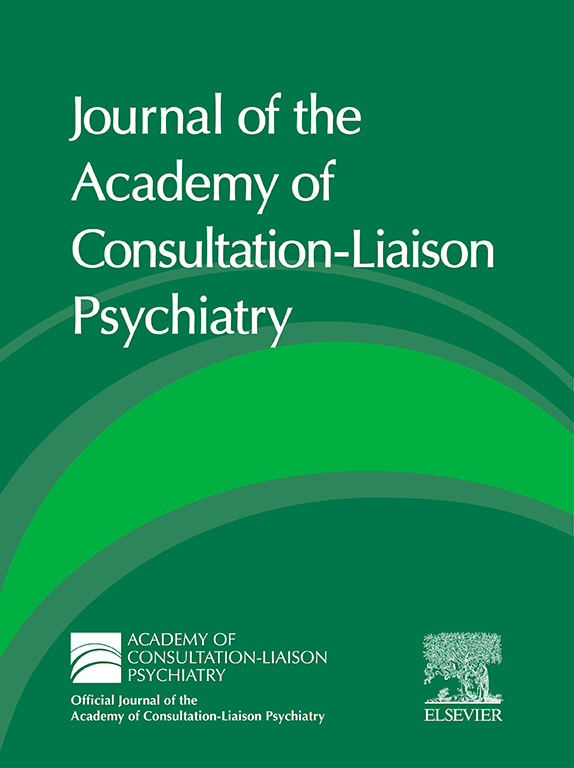Research: C-L Case Conference: Chronic Psychosis Managed in Collaborative Care
Authors: Molly Howland, MD, et al.
Abstract/Extract: The authors discuss the case of a 60-year-old woman presented to primary care with chronic mixed depressive and hypomanic symptoms. She was referred by her primary care clinician to a randomized controlled trial comparing two models of mental health care: telehealth referral care and a Collaborative Care Model (CoCM) for individuals screening positive for bipolar disorder, post-traumatic stress disorder (PTSD), or both. The patient, who screened positive for PTSD, consented and was randomized to CoCM.
The case represents an example of using the CoCM for a complex patient population in a geographic area where psychiatric services are limited and touches on patient-, clinician-, and systems-level factors that influence outcomes in a CoCM program.
Most patients in the CoCM program at this patient’s clinic were being treated for anxiety and depression. Patients with serious mental illness such as schizoaffective disorder, like in this case, are ideally referred for treatment in specialty psychiatric settings for more intensive treatment. However, due to lack of psychiatric services or patient preference, many patients with serious mental illness receive their psychiatric care in primary care settings.
However, many primary care providers do not have adequate training or feel comfortable managing chronic psychotic disorders. As a result, there is interest in developing CoCM interventions for patients with psychosis who are seen only in primary care, say the authors.
The case highlights the benefits and challenges of implementing an effective CoCM. Some barriers here were related to training and workflows, such as working and communicating effectively as a team and managing the patient care registry. Systems-level challenges included insufficient time for CoCM tasks and staff turnover—a known problem in CoCM.
Importance: This case illustrates the need to assess both intervention and no intervention when addressing behavioral health needs for populations, and the need to consider a “different differential” to include the potential contribution of clinical systems when patients are not improving.
In this case, psychosis care was delivered by a CoCM team against the pros and cons of the alternative—likely no care. This can be a challenging calculation for clinical leadership when the ideal would be gold-standard psychiatric care for all patients. In reality, however, 96% of US counties have a shortage of psychiatric prescribers, so implementing a CoCM program, and setting quality measures to monitor outcomes, can provide access to necessary mental health care.
Availability: Pre-publication in the Journal of the Academy of Consultation-Liaison Psychiatry (JACLP)





